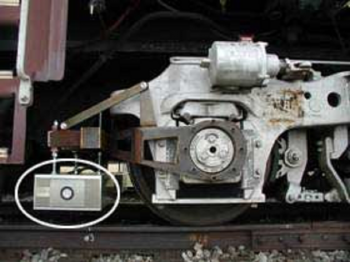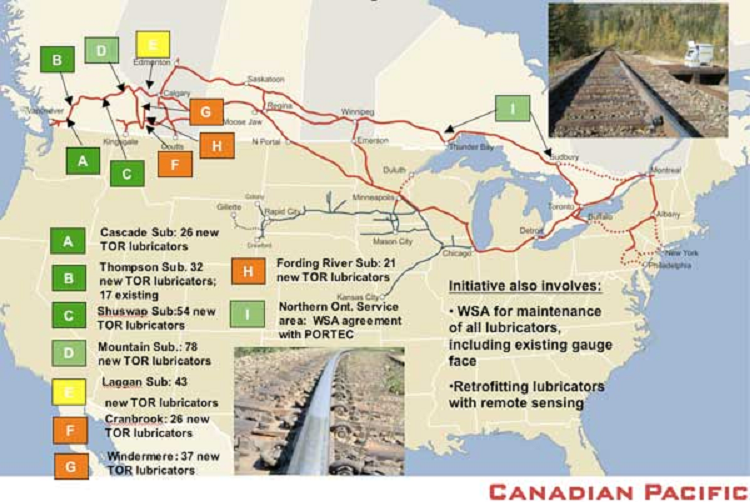
Management of the Wheel/Rail Contact Interface in Heavy-Haul Operations (Part 1 of 2)
By Huimin Wu and Semih Kalay • October, 2009 Wear and rolling contact fatigue (RCF) of rails and wheels are common problems under heavy-haul operations. Increasing axle loads can increase the capacity of a railway system, but also can increase the stress state of the system. A root cause of RCF …




